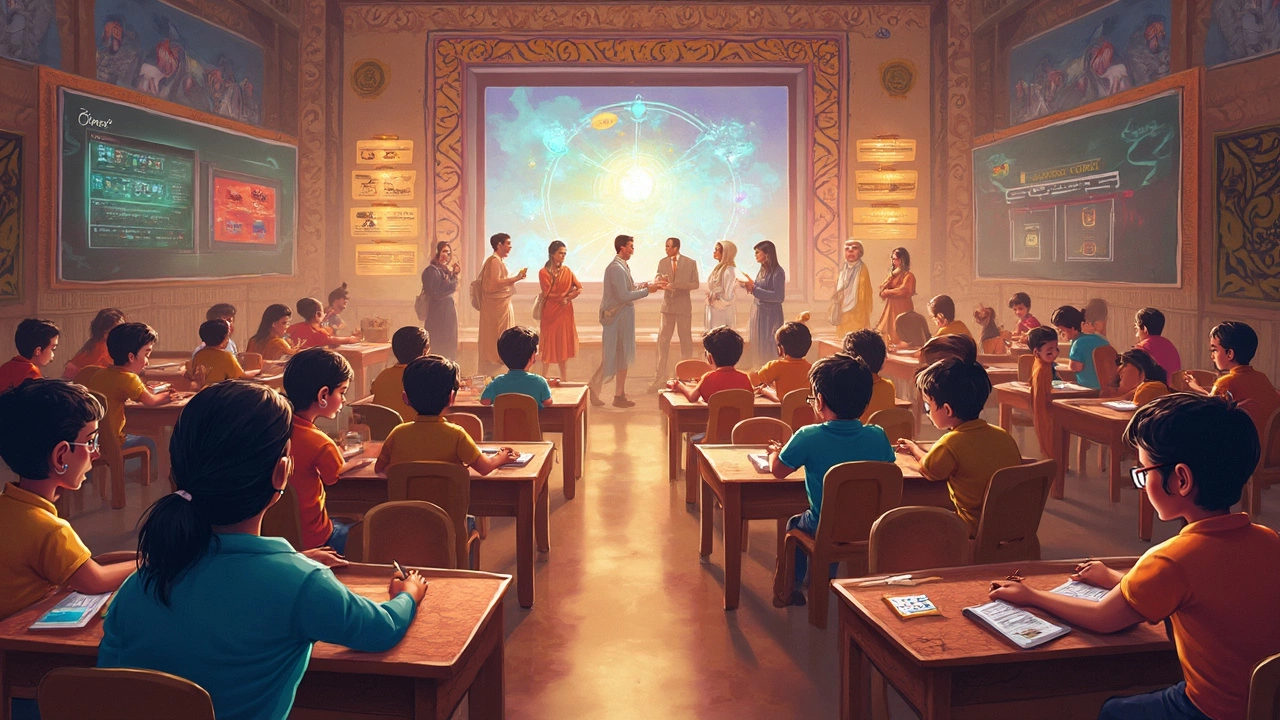Remote Learning: What It Is and How It Works for Students Today
When we talk about remote learning, a way of studying where students and teachers are not in the same physical space. Also known as online education, it’s not just video calls and PDFs—it’s a full system built around access, flexibility, and tools that let learning happen anywhere. This isn’t new. People have been learning from afar since the 1840s, when lessons were sent by mail. Today, it’s powered by platforms, apps, and internet access—but the goal hasn’t changed: help students learn, no matter where they are.
Remote learning works because of a few key pieces working together. First, there’s the e-learning platform, a digital space where lessons, assignments, and feedback live. These include things like Google Classroom, Moodle, or simple websites like the one you’re on right now. Then there’s the virtual classroom, the live, interactive part where students join a session, ask questions, and sometimes work in groups. It’s not always Zoom—it could be a text-based forum, a recorded lecture, or even a WhatsApp group. What matters is that learning stays connected.
It’s not just for college students or adults. In India, millions of Class 8 students now use remote learning to follow the NCERT curriculum, especially when schools are closed or they live far from good coaching centers. Parents who can’t afford tutors rely on free resources. Teachers who don’t have fancy equipment use WhatsApp and Google Forms to send homework. The tools don’t need to be high-tech—just reliable. And the content? It has to match what’s in the NCERT books. That’s why sites like this one exist: to give clear, step-by-step answers that line up with what’s on the exam.
Some people think remote learning means less structure. But that’s not true. The best remote learners have routines: a quiet spot, a schedule, and a way to track progress. It’s harder to stay focused when you’re not in a classroom, so tools like checklists, daily goals, and progress trackers become essential. And while some courses need live interaction, many—like solving math problems or understanding science chapters—work just fine with written explanations and practice questions.
What you’ll find here isn’t theory. It’s real examples from real students and teachers using remote learning every day. You’ll see how people use free tools to build learning systems, how older learners pick up new skills online, and how platforms like SCORM and LMS make content work across devices. There’s no fluff—just what works, what doesn’t, and what you can actually use tomorrow.
Best Apps for Teaching Online: What Should You Choose?
Trying to choose the right app for online teaching can feel like navigating a maze, so let's break it down. There are plenty of e-learning platforms out there, each offering different features to suit various teaching needs. From interactive tools to analytics, understanding these facets can greatly enhance your online classes. Here’s a straightforward guide to help you decide which app matches your teaching style and goals.
Read more